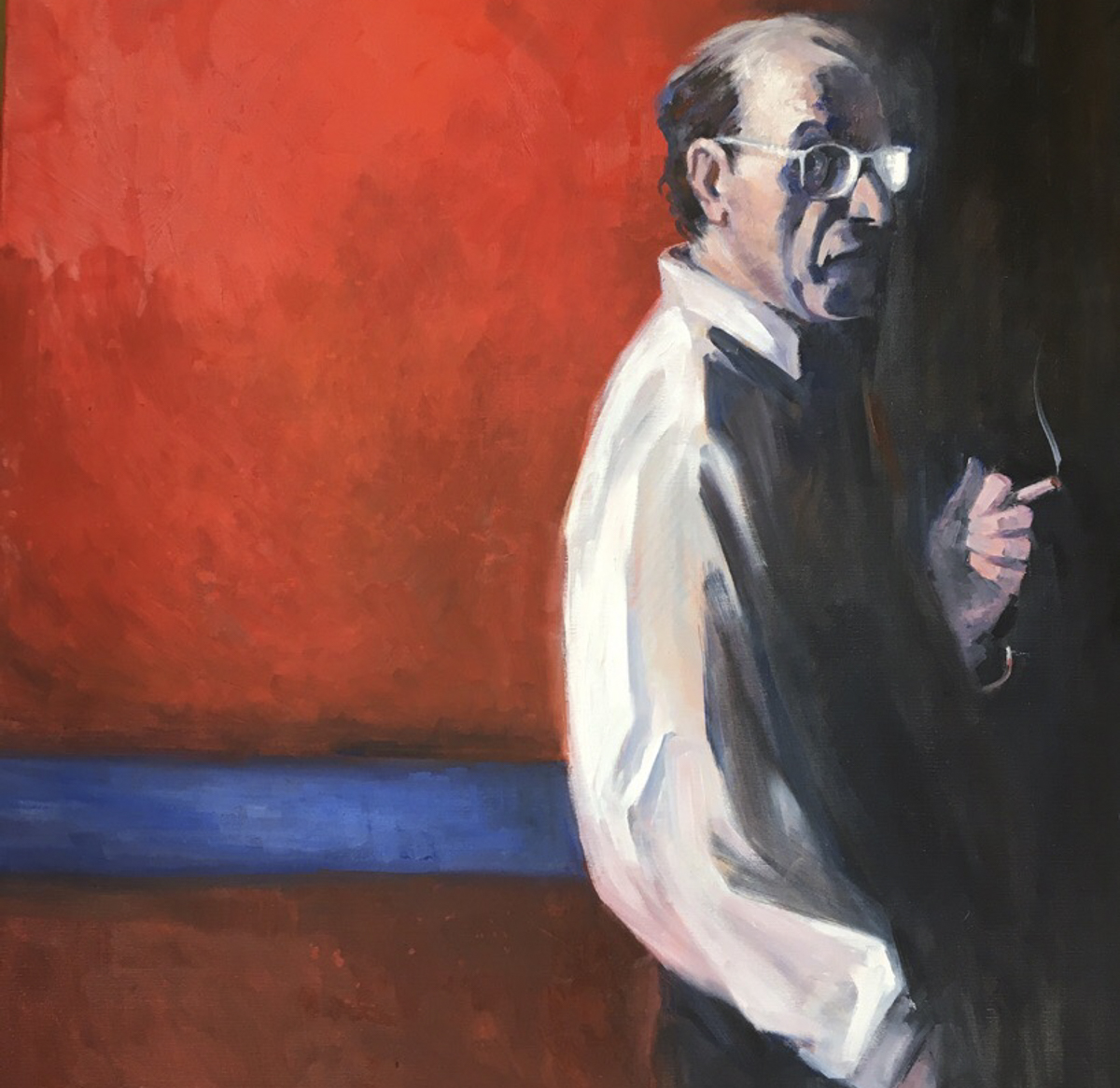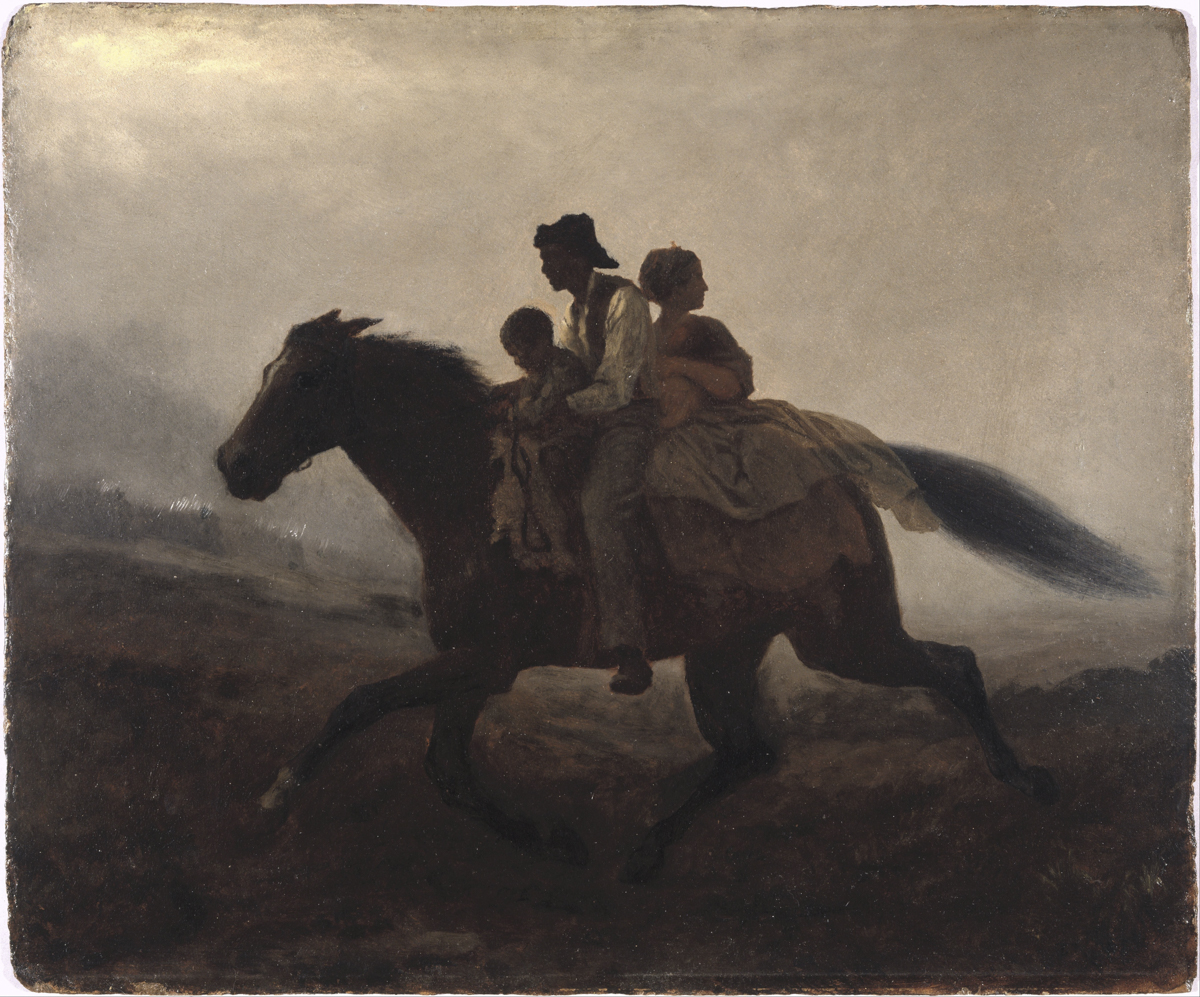
On Looking at Rothko
TEXT BY JANE POTTHAST
When I see a Rothko painting, the feeling is akin to that moment between waking and sleep when one is delayed—happily—in an absence of category. A purity of breath and stillness without effort. A cessation of being. But to be transported to these realms by his art, I must see the original painting in person. Otherwise the image has no effect.
And this is the enduring strength of Rothko in the age of the smartphone.



